
- Categories:

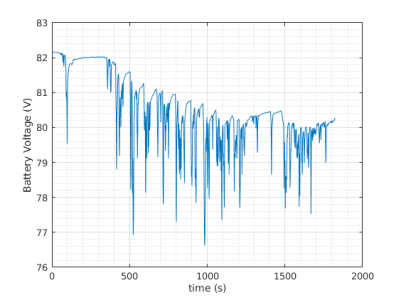
The files in this dataset each contain vectors Time, PEDAL, SPEED, ACCEL, VOLTAGE and CURRENT related to an Electric Vehicle travelling on one of four different roads, mostly in urban areas. Data is obtained from the CAN bus of the vehicle (a Zhidou ZD model ZD2) resampled in order to obtain a single time coordinate and stored in the dataset.
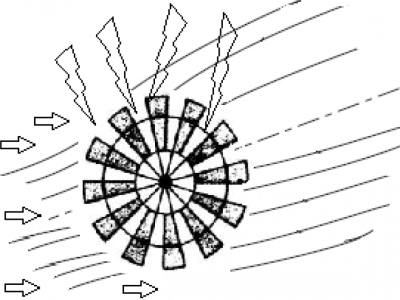
This dataset is in support of my research paper 'Analysis of Power Generation And Turbine Characteristics of 2.2 kW Residential Wind Generators'.
Related Claim : Novel ß Wind Turbine Urban Residential Controller and Novel ß Wind Vibration Octa Axis Harvesting System in Patent 'Novel ß 10-Axis Grid Compatible Multi-Controller'
Preprint :
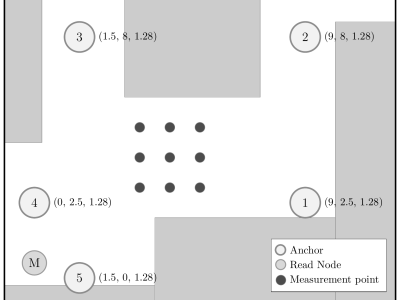
Indoor positioning systems based on radio frequency systems such as UWB inherently present multipath related phenomena. This causes ranging systems such as UWB}to lose accuracy by detecting secondary propagation paths between two devices. If a positioning algorithm uses ranging measurements without considering these phenomena, it will make important errors in estimating the position. This work analyzes the performance obtained in a localization system when combining location algorithms with machine learning techniques for a previous classification and mitigation of the propagation effects.
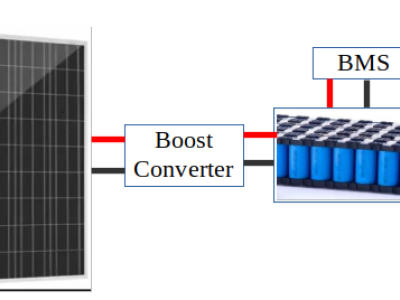
This dataset is used to design patent. The system is basic , as can be seen from figure.
As the boost converter, BMS is on existing designs.It is very simple for any graduate,degree holder or school students, so no paper is written for it.
There is related dataset-Data: Fifteen 255W Panels Connected Li-Ion

This is the data Archive for Zhang, et al., “A Geophysical Model Function for S-band Reflectometry of Ocean Surface Winds in Tropical Cyclones,” accepted by Geophysical Research Letters. This data set was generated from twelve (12) days of airborne S-band (2.3 GHz) reflectometry data collected during the 2014 hurricane season between 2 July 2014 and 17 September 2014. Cross-correlations between the direct and reflected S-band signals, commonly referred to as the “waveform” or delay-Doppler map (DDM) are provided with corresponding aircraft time and position data.

The Underwater Acoustic & Navigation Lab in University of Haifa conducted a shallow water long-range underwater acoustic communication experiment across the shores of Northern Israel in March 2019. The experiment was designed to verified the adaptive modulation scheme for long-range underwater acoustic communicaiton proposed by the authors. To make the work reproducible, the authors freely share the estimated channel impulse responses from the sea experiment.
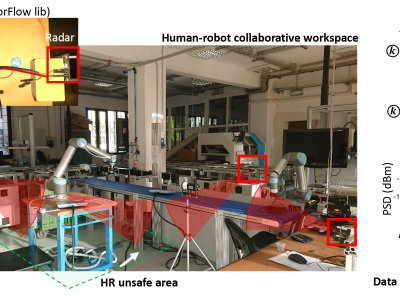
Database for FMCW THz radars (HR workspace) and sample code for federated learning

Data from measurements in Åre during the winter 2018-2019.
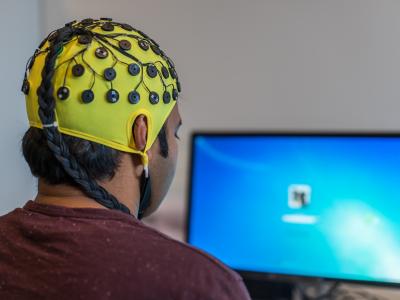
This data is for training and validating the neural networks.